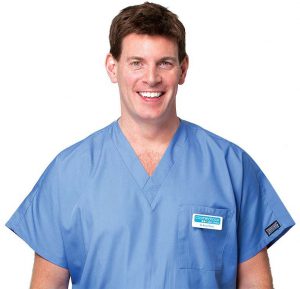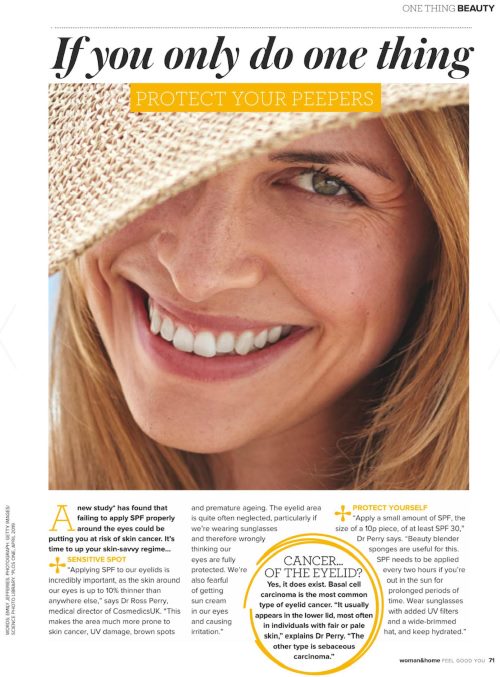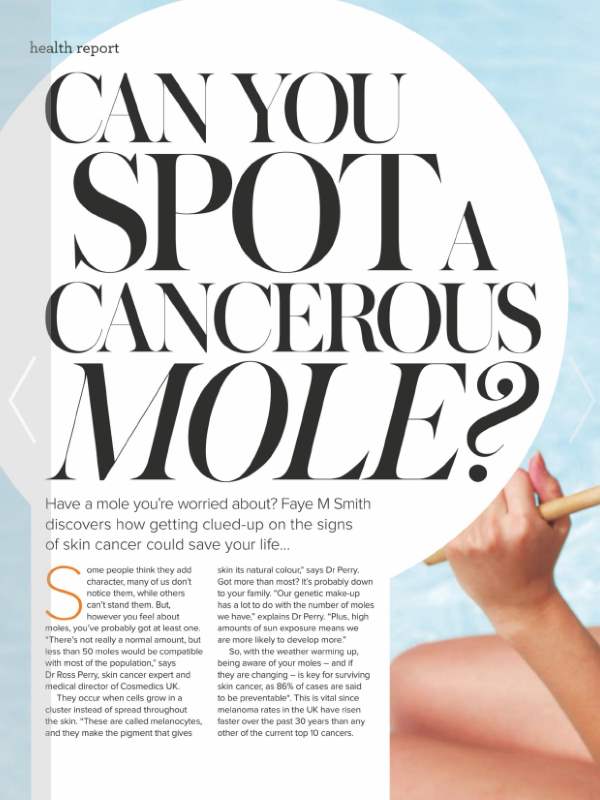Glamour looked into the trend for very high factor sunscreen of SPF100 with expert advice from Dr Ross Perry on whether it is worth going for a higher factor protection.
The feature headlined:
Celebrities and A-list skincare experts swear you should be using SPF 100 for the best skin
You’ll be slathering it on in no time.
Studies have shown that most people don’t use sunscreen as tested by the manufacturers, so on that basis, a higher SPF could help to improve the protection.
Nicole Kidman has publicly said that she opts for SPF 100 in her daily skin protection regime, telling Allure:
“I’m outside a lot and love exercising outdoors, but I don’t like the sun on my skin because it’s very fair. My parents have also had skin cancer, so I have to be really, really careful — I use the SPF 100. I know it sounds like a lot, but it isn’t. I use it on my kids. I use it on myself. I’ve always had to do that.”
SPF 100 vs Other SPFs
Dr Ross Perry told Glamour readers that there is actually very little difference between SPF 100 and SPF 50. He explains:
“The overall difference in UVB protection between an SPF 100 and SPF 50 is really marginal and confusing for consumers as they seem to think it offers double the protection which is in fact not true.
“Properly applied SPF 50 sunscreen blocks 98% of UVB rays.
“When used correctly, sunscreen with SPF values in the range of 30 to 50 will offer adequate sunburn protection, even for people with pale skin and this should still be applied frequently.”
Read this article in full
To read more, please visit https://www.glamourmagazine.co.uk/article/spf-100-uk.
 Dr Ross Perry
Dr Ross Perry
Dr Perry is renowned as an expert in removal of skin lesions. He has removed thousands of moles in his role as Medical Director and founder of Cosmedics Skin Clinics including the London mole Removal Centre.
His career includes working in the NHS both in skin cancer reconstruction and as a GP, so he is experienced and expert in diagnosing skin lesions and providing the best possible advice/treatment.
Private Mole Checks & Removal
The London Mole Removal Centre is a private company, offering private mole checks and treatment for unwanted moles and other skin lesions (e.g. cysts, skin tags, warts, verruca, lipoma, xanthelasma). All consultations and treatments are carried out in person by doctors who are specially trained in the latest laser and skin surgery techniques and are highly experienced in the field.
Further advantages of private treatment at the London Mole Removal Centre include:
- No waiting lists
- Fully trained doctors, registered with GMC
- Moles can often be removed in the same appointment as the consultation, saving the need for a repeat visit and allowing patients to get their skin lesions removed very quickly
- Choice of 4 clinics in London and also Bristol
- Removed moles tested with report provided
For more information or to book a consultation, please complete the form on this web page or call 020 7731 3791.

 The feature included advice from Dr Ross Perry on skin cancer and moles in an article entitled:
The feature included advice from Dr Ross Perry on skin cancer and moles in an article entitled: Skin cancer is the fastest growing of the current top 10 skin cancers affecting more and more patients and their families. Yet it is still said to be preventable in 86% of cases, which is why sun protection and early identification of any potential issues are so important.
Skin cancer is the fastest growing of the current top 10 skin cancers affecting more and more patients and their families. Yet it is still said to be preventable in 86% of cases, which is why sun protection and early identification of any potential issues are so important. i News looked at the ’14 best facial sunscreens for different skin types’ with expert advice from, Dr Ross Perry on SPF and sunscreen.
i News looked at the ’14 best facial sunscreens for different skin types’ with expert advice from, Dr Ross Perry on SPF and sunscreen.